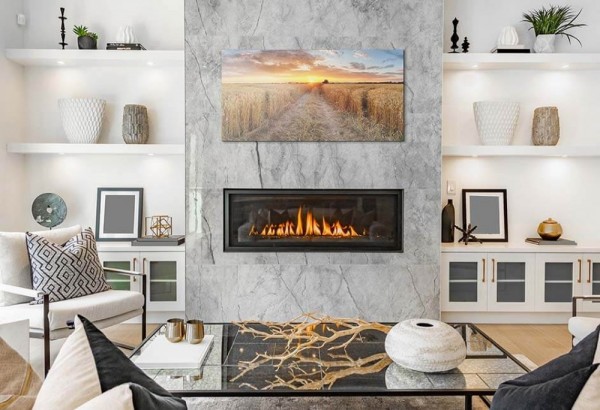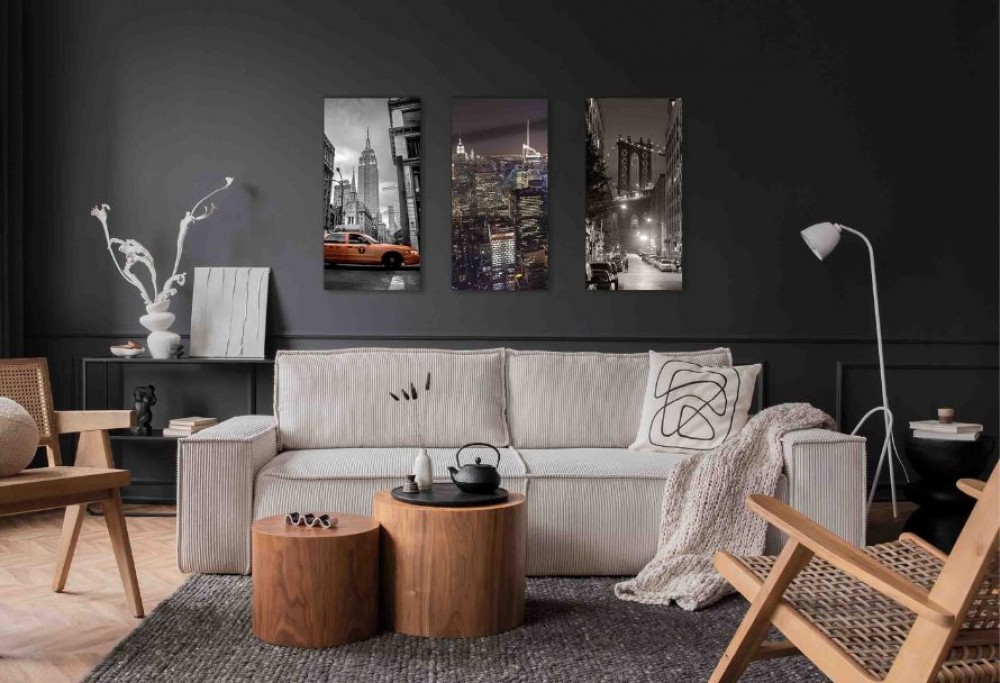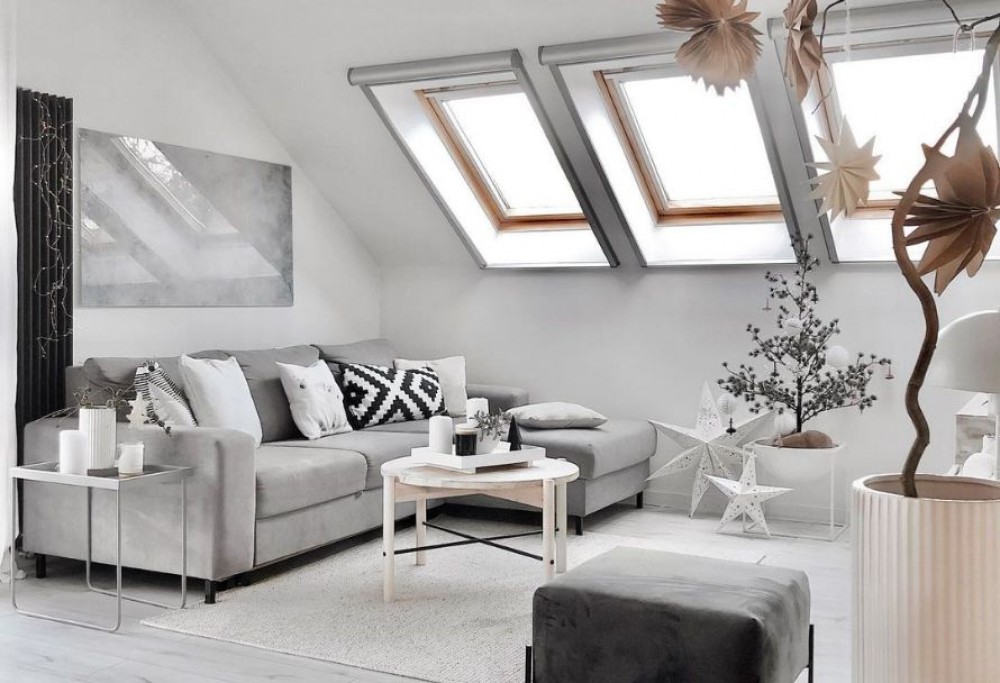The living room is often the heart of the home, a space where we gather with family and friends, unwind after a long day, and enjoy our favorite activities. Arranging this central space can seem daunting, but with a thoughtful approach, you can create a perfect relaxation haven that reflects your personality and meets your needs. In this guide, we will walk you through the process of transforming your living room step by step. From assessing your space and choosing a focal point to arranging furniture and adding personal touches, we’ve got you covered.
Living room design - evaluate your space and needs
Before you start moving furniture or buying new decor, it's essential to take a step back and evaluate your living room. Understanding the dimensions, layout, and unique features of your space will help you make informed decisions throughout the process.
1. Evaluate the size and shape: measure your living room’s length, width, and height. Note any architectural features like windows, doors, and built-in elements that will impact your layout. This will help you determine what size and type of furniture will fit comfortably.
2. Identify the room’s purpose: consider how you and your family use the living room. Is it primarily for watching tv, entertaining guests, reading, or a combination of activities? Knowing the main functions of the room will guide your choices in furniture and layout.
3. Consider household members’ needs: think about who uses the living room and their specific needs. For instance, if you have kids, you might need durable, easy-to-clean furniture. If pets are part of the household, consider pet-friendly materials and arrangements.
4. Assess natural light and ventilation: take note of the natural light your living room receives at different times of the day. This will influence your choice of colors, materials, and lighting fixtures. Good ventilation is also crucial for maintaining a comfortable environment.
5. Plan for storage: determine your storage needs for items like books, games, electronics, and blankets. Adequate storage solutions can help keep your living room tidy and functional.
By thoroughly assessing your space and understanding your needs, you lay a solid foundation for creating a living room that is both functional and inviting.
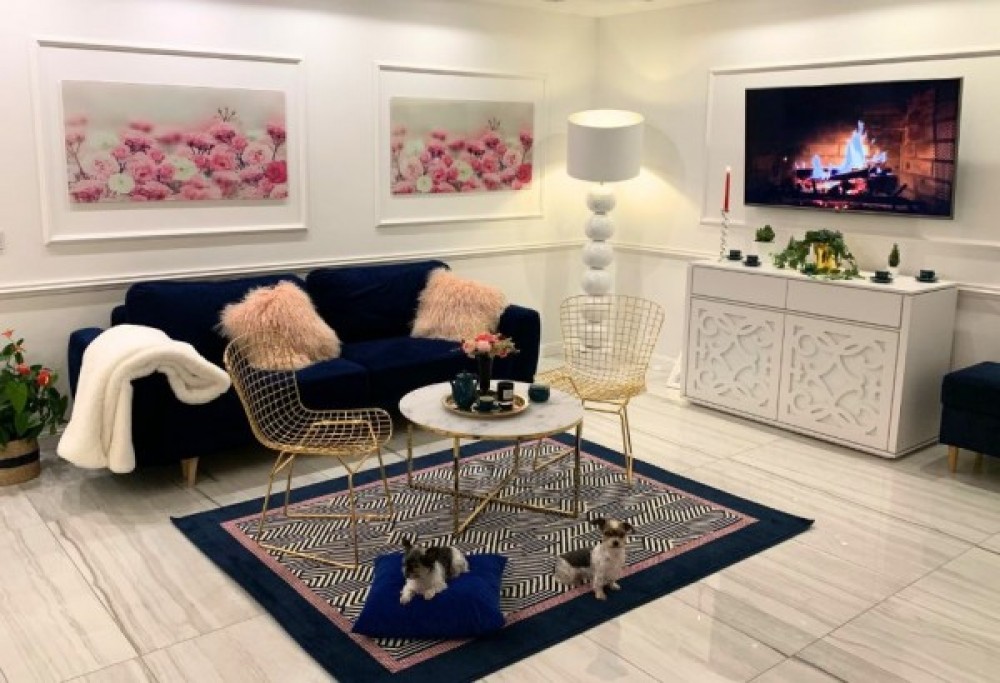
Living room arrangement - choose a focal point
Choosing a focal point is a crucial step in arranging your living room. A well-chosen focal point draws the eye and anchors the space, creating a sense of balance and harmony.
- Identify what works best for your space. Popular options include:
Fireplace: If you have one, it naturally becomes a cozy and inviting focal point.
Television: In many homes, the TV is the centerpiece for family entertainment.
Artwork: A large art piece can add character and color.
View: If you have a picturesque window view, make that the room's highlight.
- Once chosen, emphasize your focal point. Arrange furniture to face it, use lighting to highlight it, and keep the surrounding area clutter-free to maintain focus.
Arrange your furniture for comfort and flow
Now that you have assessed your space and chosen a focal point, it’s time to arrange your furniture. The goal is to create a layout that promotes comfort, ease of movement, and an inviting atmosphere.
- Position your furniture in a way that balances the room. For instance, if you have a large sofa on one side, balance it with a couple of chairs or a loveseat on the opposite side.
- Ensure there are clear pathways for movement. Avoid placing furniture in a way that obstructs natural walkways. Typically, you should leave at least 2-3 feet of walking space around furniture.
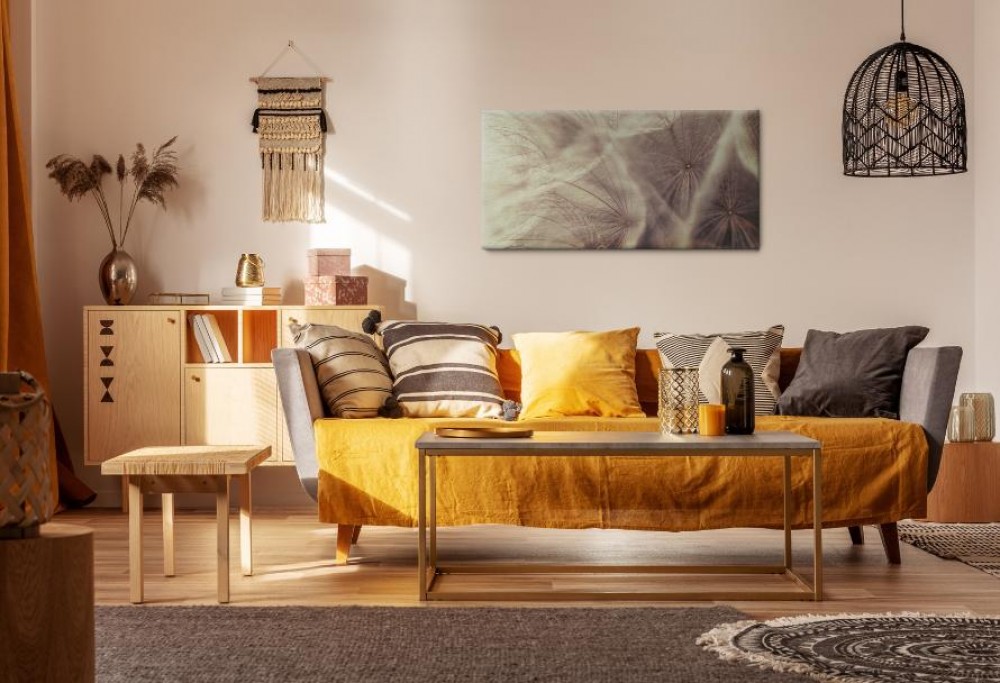
- Consider different room shapes and sizes:
Rectangular rooms: place larger furniture pieces along the longer walls to maximize space.
Square rooms: arrange furniture in a way that leaves the center open, creating a more spacious feel.
Small rooms: opt for multifunctional furniture, such as ottomans with storage, to save space.
- Create Conversation Areas: Arrange seating to promote interaction. Sofas and chairs should face each other or be arranged in a U-shape or L-shape to facilitate conversation.
- Don’t Forget Comfort: Prioritize comfort by ensuring seating options are cozy and inviting. Add cushions, throws, and blankets to enhance the homely feel.
Brighten up your living room
Lighting plays a crucial role in setting the mood and functionality of your living room. A well-lit room combines different types of lighting to create a cozy and adaptable space.
- Mix ambient, task, and accent lighting to create a layered effect. This allows you to adjust the lighting based on the time of day or the activity you’re engaged in.
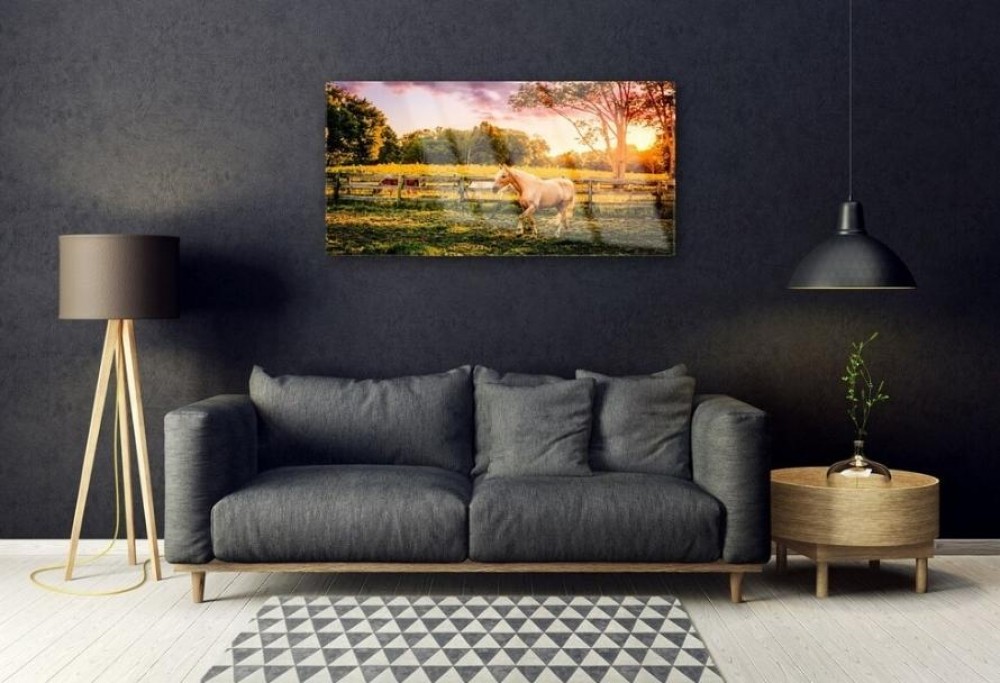
- Placement and selection of fixtures:
ceiling lights: ensure they provide even illumination across the room.
floor and table lamps: place these near seating areas for added comfort and style.
accent lights: use these to highlight your focal point or other interesting features.
- Maximize natural light by using sheer curtains or blinds that can be easily adjusted. Place mirrors strategically to reflect light and make the space feel brighter and larger.
How to decorate a cozy living room? Add personal touches and decor
Adding personal touches and decor elements makes your living room unique and welcoming. It’s these details that transform a functional space into a true reflection of your personality.
- Display items that have sentimental value, such as family photos, travel souvenirs, or heirlooms. These add a personal and authentic touch to your living room.
- Combine different textures like soft cushions, woven throws, sleek metal accents, and natural wood to create visual interest and depth.
- Don’t be afraid to mix colors and patterns. Use a neutral base and add pops of color with cushions, rugs, and artwork to keep the space dynamic yet cohesive.
- Consider adding decorative items such as vases, sculptures, and plants. Greenery can breathe life into the space and improve air quality.
- Use rugs to define different areas within the room, add warmth, and provide a soft surface underfoot. Choose patterns and colors that complement your overall decor.
Choose your living room style
Deciding on a style for your living room sets the tone for the entire space and helps guide your choices in furniture, colors, and decor.
- Modern style: characterized by clean lines, neutral colors, and minimal clutter, modern living rooms often feature sleek furniture, metallic accents, and a monochromatic palette with pops of color.
- Rustic style: emphasizes natural materials like wood and stone, warm colors, and cozy textiles. Look for furniture with a distressed finish, vintage accessories, and plenty of soft, comfortable fabrics.
- Scandinavian style: known for its simplicity, functionality, and connection to nature. Think light colors, natural light, minimalist furniture, and a blend of cozy and sleek textures.

- Industrial style: combines raw materials like exposed brick, metal, and wood with a neutral color palette. Furniture often includes repurposed or vintage pieces, giving the space a rugged, yet stylish look.
- Traditional style: features classic furniture, rich colors, and elegant details. Look for plush fabrics, ornate woodwork, and timeless pieces that create a sense of comfort and sophistication.
Living room decor - your ideal space for relaxation
Creating the perfect relaxation space in your living room is a rewarding journey that begins with understanding your space and needs. By creating a balanced layout and promoting freedom of movement, you will ensure that the space is both functional and inviting. By adding personal items, experimenting with textures and colors, and adding decorative elements, you will give your living room personality and warmth.


